Gen Z’s nostalgic revival of bygone technology is a fascinating phenomenon.
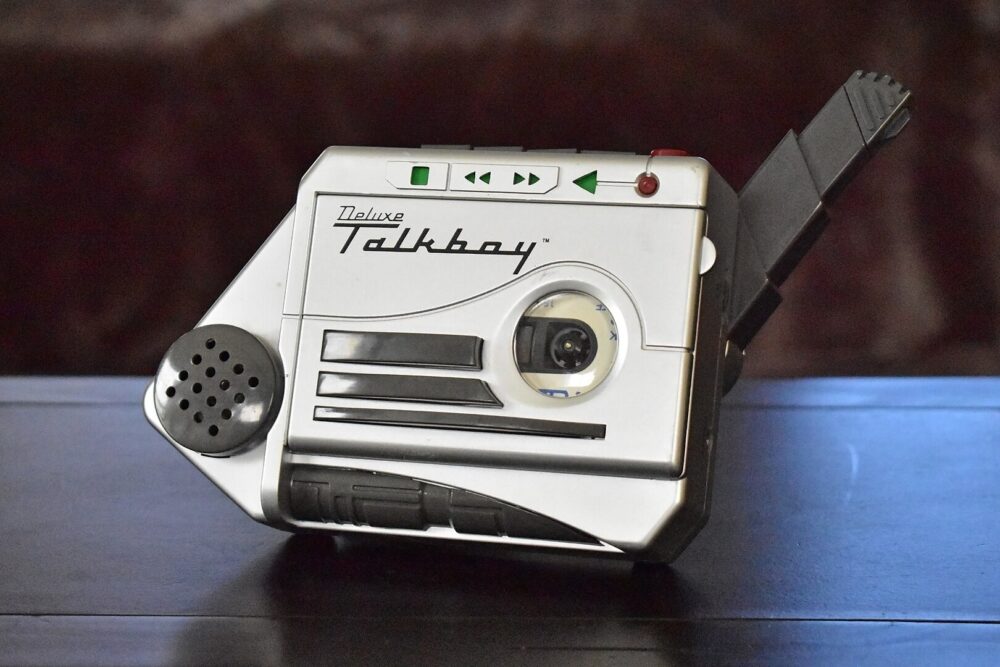
In an age of hyper-connectivity and sleek, minimalist design, the clunky charm of obsolete technology has found a new, unexpected audience. This generation, which grew up with smartphones and social media as the norm, is paradoxically drawn to the analog and the retro. Their fascination isn’t just about aesthetics; it’s a deep dive into a simpler, more tangible past they never experienced firsthand.
This obsession with older gadgets reflects a longing for authenticity and a break from the endless scroll of digital life. It’s a way to appreciate the deliberate, focused nature of single-purpose devices, from the satisfying click of a physical button to the unique imperfections of their output. These gadgets offer a tactile experience that modern technology, for all its convenience, often lacks.
1. The polaroid camera’s instant magic captured a generation’s heart.
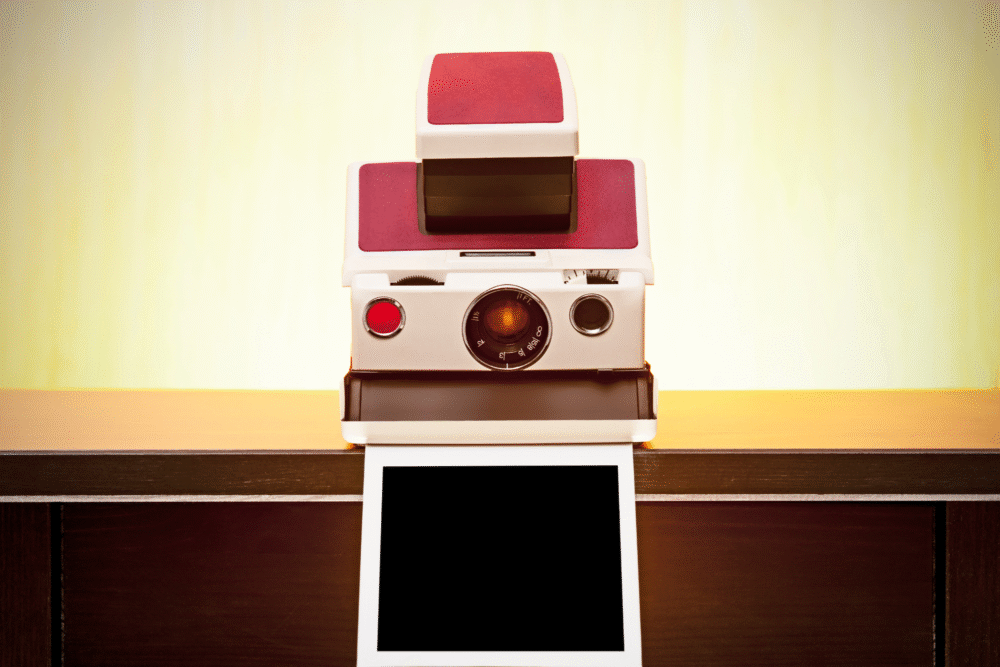
The instant gratification of a digital photo is unmatched, but the Polaroid offers something entirely different—a physical memento that develops slowly before your eyes. There’s a certain magic in that process, the anticipation of seeing the final image appear, often with its own unique, slightly imperfect charm. These cameras force a more thoughtful approach to photography; with limited and expensive film, every shot feels more deliberate and special, transforming a fleeting moment into a tangible keepsake.
This revival speaks to a desire for real-world connection and a break from the polished perfection of social media feeds. The imperfections of a Polaroid—the faded colors, the slightly blurry edges—are not flaws but features, embraced as part of its aesthetic. It’s a nostalgic nod to a time when sharing a photo meant physically handing it to someone, creating a shared experience that transcends the digital realm and offers a sense of permanence in an otherwise ephemeral world.
2. The iPod classic’s iconic scroll wheel is a tactile delight.

In an era of streaming services and infinite libraries, the iPod Classic stands out as a symbol of curated music. Its physical form, with the satisfying click of the scroll wheel, provides a tactile and deeply personal experience. Users meticulously build a music collection, organizing and categorizing their favorite tracks, creating a portable library that is entirely their own. This dedicated music player is a rejection of algorithmic recommendations, putting the power of discovery and curation back into the user’s hands.
The iPod’s comeback isn’t just about its retro design; it’s about the feeling of ownership and intentional listening. It removes the distractions of a smartphone, allowing for a focused and immersive musical journey. This single-purpose device offers a refreshing break from the multitasking demands of modern life, creating a space where music isn’t just background noise but the central focus of the moment. The limited storage also encourages a more thoughtful selection, making every song feel like a conscious choice rather than an infinite option.
3. The flip phone’s simple design offers a digital detox.

The humble flip phone has emerged as a symbol of digital minimalism, a deliberate choice to disconnect from the constant demands of the modern smartphone. Its primary functions—calling and texting—force a return to simpler forms of communication. This deliberate limitation is seen not as a drawback but as a feature, allowing individuals to engage with the physical world more fully without the constant pull of social media notifications, emails, and news alerts. The satisfying snap of closing the phone to end a conversation is a simple, yet powerful, gesture of finality.
This resurgence is driven by a longing for boundaries in a world where technology constantly blurs the lines between work and life. The flip phone offers a clear-cut distinction, providing a tool for necessary communication without the overwhelming features that lead to mindless scrolling and digital exhaustion. It’s a counter-cultural statement, a way to reclaim one’s time and attention by embracing a less intrusive form of technology. The simplicity of its design is a breath of fresh air in an otherwise cluttered digital landscape.
4. The Nintendo game boy is a handheld portal to classic gaming.
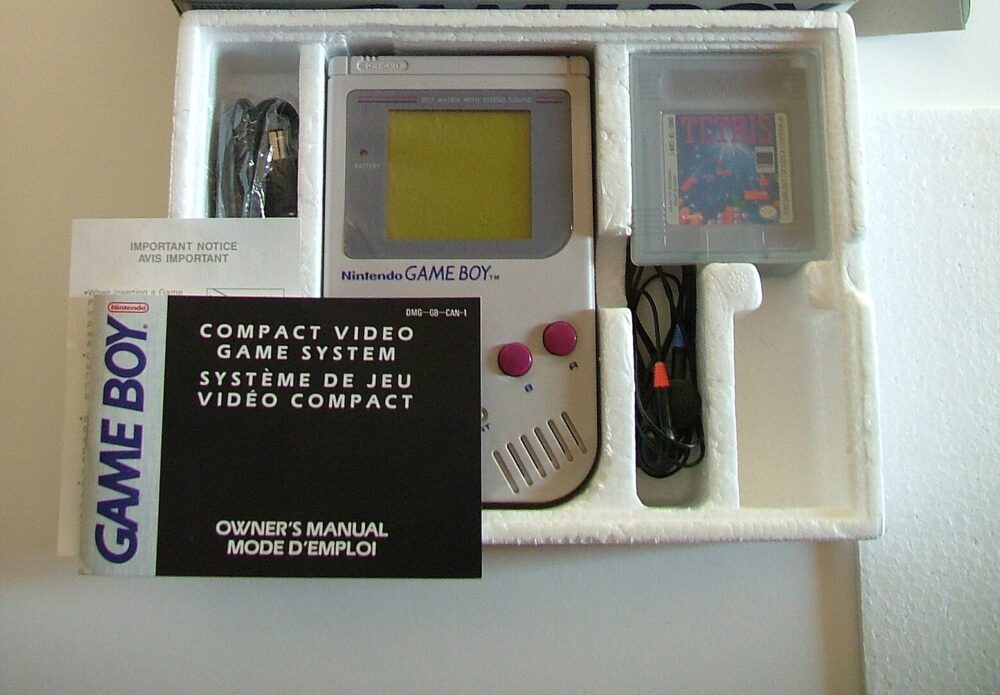
Before sophisticated consoles and high-definition graphics, there was the Game Boy, a chunky gray brick with a monochrome screen that defined portable gaming for a generation. Its simple, blocky graphics and chiptune soundtracks are now revered as iconic, representing a golden age of gaming where gameplay and creativity were paramount. This device offered a single-minded focus on fun, with cartridges that held worlds waiting to be explored, from the simple puzzle-solving of Tetris to the epic adventures of Pokémon. Its simple design and enduring legacy are a testament to the power of pure, unadulterated entertainment.
The Game Boy’s revival is a direct response to the complexity of modern gaming. While contemporary titles often require significant time and financial investment, the Game Boy offers a low-stakes, pick-up-and-play experience. It’s a nostalgic escape to a time when a few buttons and a directional pad were all you needed to get lost in a digital world. This handheld console represents a form of escapism that is both accessible and deeply personal, allowing players to connect with a history of gaming that shaped the entire industry.
5. The Sony Walkman is the original portable audio experience.

Long before the iPod, the Walkman was the king of personal audio, liberating music from the confines of home stereos. This cassette player introduced the revolutionary concept of a personal soundtrack, allowing people to carry their favorite albums with them wherever they went. The act of inserting a cassette, pressing play, and even flipping the tape to hear the B-side is a ritual that modern music consumption has largely eliminated. It offers a tangible connection to music, a physical object that represents a collection of songs.
The Walkman’s resurgence is about more than just listening to music; it’s about the experience itself. It’s a way to slow down and appreciate the intentionality of an album, as you are committed to listening to it from beginning to end. The hiss and crackle of the tape adds a warm, authentic layer to the sound that is absent in sterile digital files. This device symbolizes an era of focused listening and personal curation, a nostalgic reminder of a time when music was something you physically owned and cherished.
6. The digital camera’s specific look has become a distinct aesthetic.
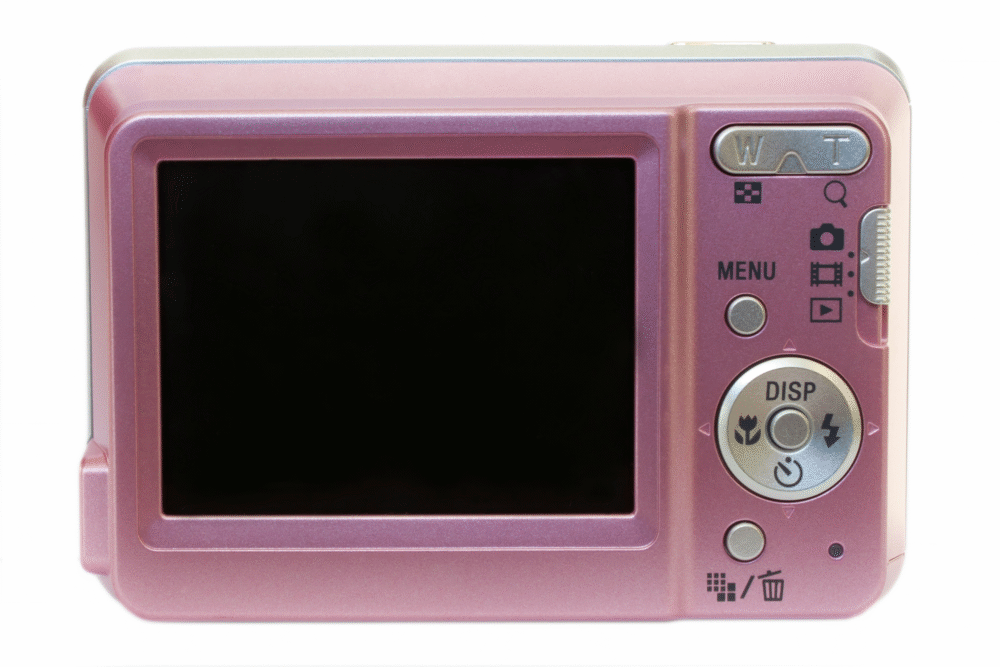
While smartphones have all but replaced the need for a separate camera, the early 2000s-era digital camera has found new life as a retro fashion accessory. These cameras, with their limited megapixels and built-in flashes, produce photos with a unique, grainy, and slightly blown-out aesthetic that is now highly sought after. This lo-fi, Y2K-inspired look is a deliberate rejection of the hyper-polished, AI-enhanced photos that dominate social media. The imperfections—the slightly off colors and the harsh flash—are what make these images feel authentic and raw.
This trend is driven by a desire for a more candid and less curated visual identity. The digital camera forces a return to a more casual, snapshot-style of photography, where the focus is on capturing the moment rather than achieving perfect composition. It’s a way to create content that feels genuine and unpolished, standing in stark contrast to the filtered and heavily edited images that define the modern Instagram feed. This device represents a nostalgic longing for a time when photography was less about perfection and more about memory-making.
7. The VCR’s mechanical operation feels refreshingly tangible.
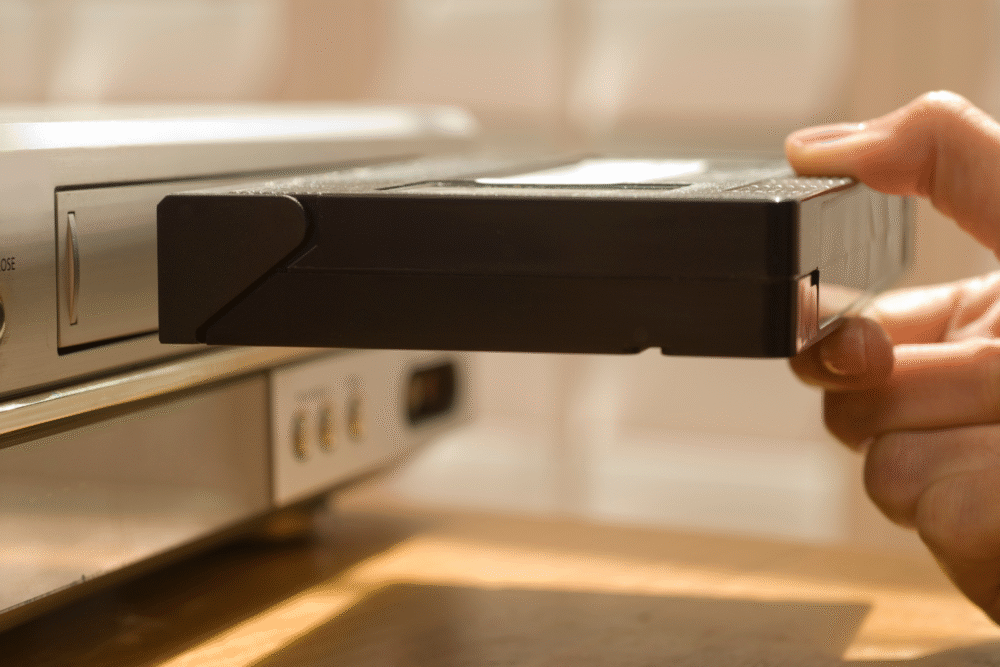
In a world dominated by streaming platforms, the VCR and its clunky magnetic tapes represent a more deliberate and physical approach to watching movies. The ritual of rewinding a tape, inserting it into the machine, and pressing the play button is a deeply nostalgic experience. Unlike the endless scroll of a streaming library, a VCR collection is finite and tangible, a physical library of cherished films that you can hold in your hands. The unique, slightly degraded quality of a VHS tape adds to its nostalgic charm, creating an aesthetic that digital media cannot replicate.
The resurgence of VHS culture is a rebellion against the convenience and ephemerality of streaming. It’s a way to own a piece of media history and to engage with films in a more intentional way. The limited nature of a VHS tape also encourages repeat viewings and a deeper appreciation for the films you own. The unique quality of the format, from the tracking lines to the grainy visuals, is seen as a feature, not a flaw, celebrating the imperfect and tactile nature of a bygone home entertainment era.
8. The Tamagotchi’s digital pet is a lesson in responsibility.

The Tamagotchi, a small, egg-shaped device with a pixelated digital pet, was a global phenomenon that taught a generation about responsibility and care. The need to feed, clean, and play with a virtual creature at all hours of the day created a unique bond between user and gadget. This simple device offered a low-stakes introduction to pet ownership, a microcosm of caring for another being that felt both fun and urgent. Its simple black-and-white graphics and beeping sounds are instantly recognizable and evoke a strong sense of nostalgia.
The renewed interest in Tamagotchis speaks to a desire for simple, focused engagement in a world of complex simulations. It offers a clear, rewarding feedback loop that is both challenging and entertaining. This device is a perfect example of a single-purpose gadget that created a genuine connection through its simple mechanics. The digital pet serves as a charming and accessible escape, a reminder of a time when a beeping egg in your pocket could be the most important thing in your life.
9. The landline phone’s clear separation of space is an escape.

In an age where our phones are constantly in our pockets, the landline represents a clear boundary between public and private life. The landline phone, tethered to a specific location in the house, created a sense of place and a distinct separation between different areas of communication. It meant you had to be in a certain room to take a call, a concept that now feels almost quaint. The experience of the phone ringing throughout the house and the whole family knowing a call was coming in is a communal experience lost to personal cell phones.
The resurgence of landlines is less about practicality and more about a desire for physical and emotional boundaries. It is a way to designate certain spaces as communication-free zones and to intentionally set aside time for focused conversations. This device is a symbol of a time when communication was more deliberate, where a call was an event rather than an endless stream of notifications. The physical cord and the fixed location create a sense of groundedness and intentionality that modern, mobile technology lacks.
10. The cassette tape’s tangible sound is a creative personal statement.
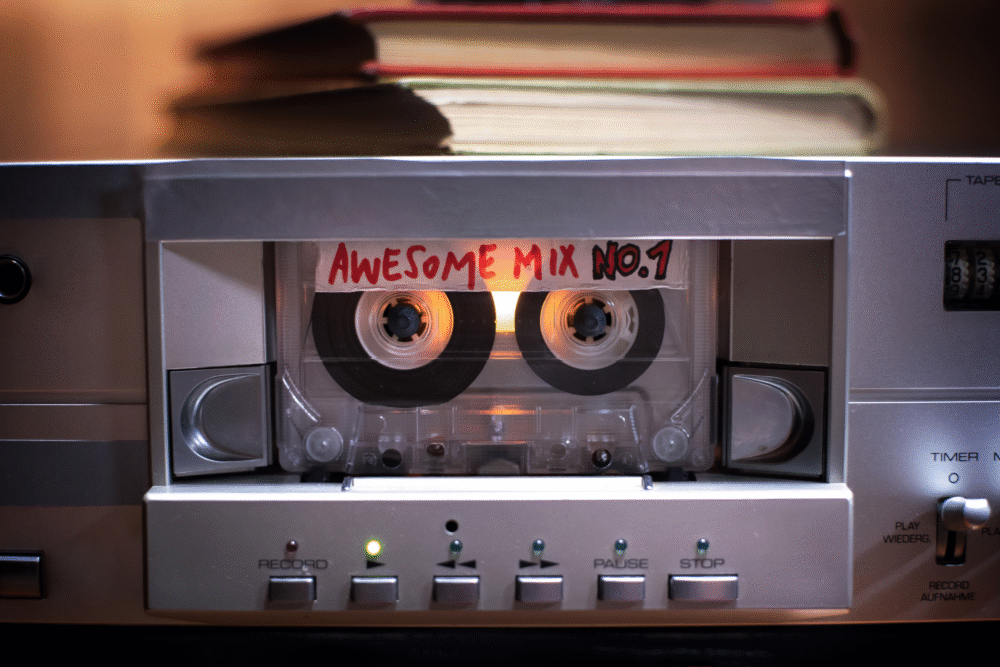
The cassette tape is making a stunning comeback, not just as a listening format, but as a creative and personal artifact. The act of creating a mixtape—carefully selecting songs, arranging them in a specific order, and designing the J-card—is a deeply personal and artistic process. This format offers a tangible representation of a curated collection of music, a physical gift that communicates feelings and ideas in a way that a digital playlist never could. The warm, analog sound, complete with the subtle hiss and occasional imperfections, is part of its unique charm.
This revival is a testament to the power of intentional creation and the value of physical media. Cassettes offer a sense of ownership and permanence in a digital world of streaming subscriptions. The imperfections of the format are embraced, adding a layer of authenticity that is missing from pristine digital audio. Tapes are not just a way to listen to music; they are a form of self-expression, a nostalgic and tactile medium for sharing art and creating a personal connection with sound.
